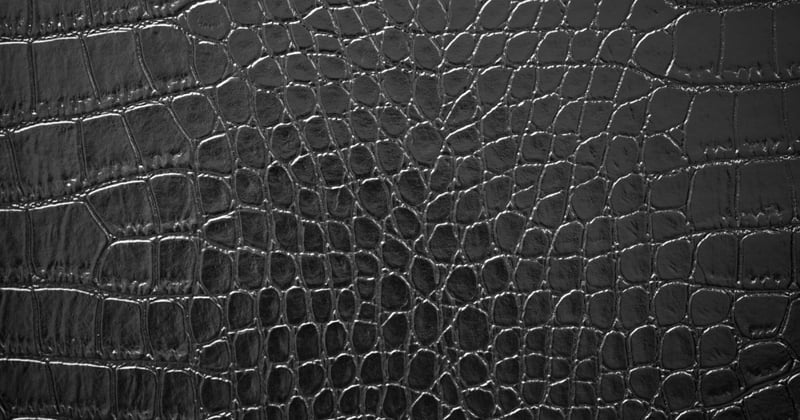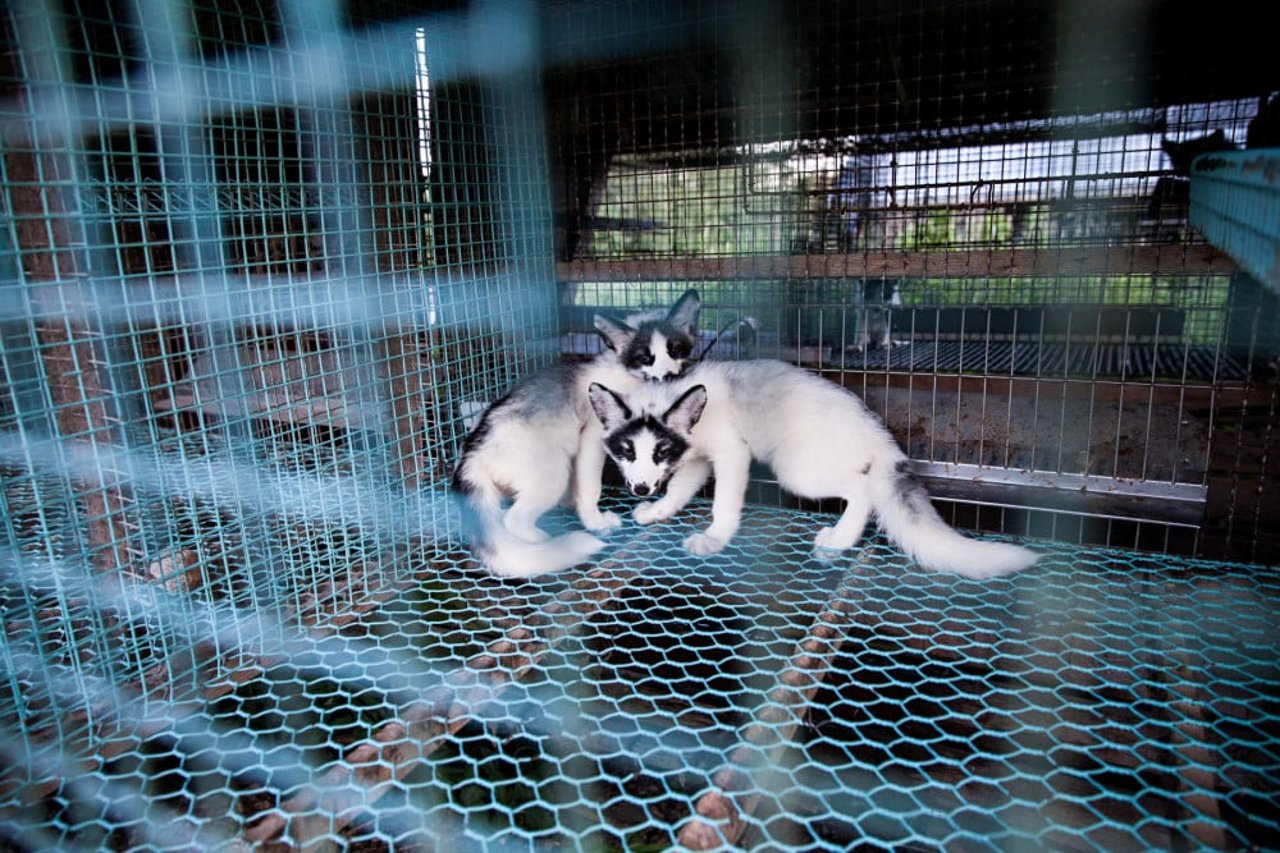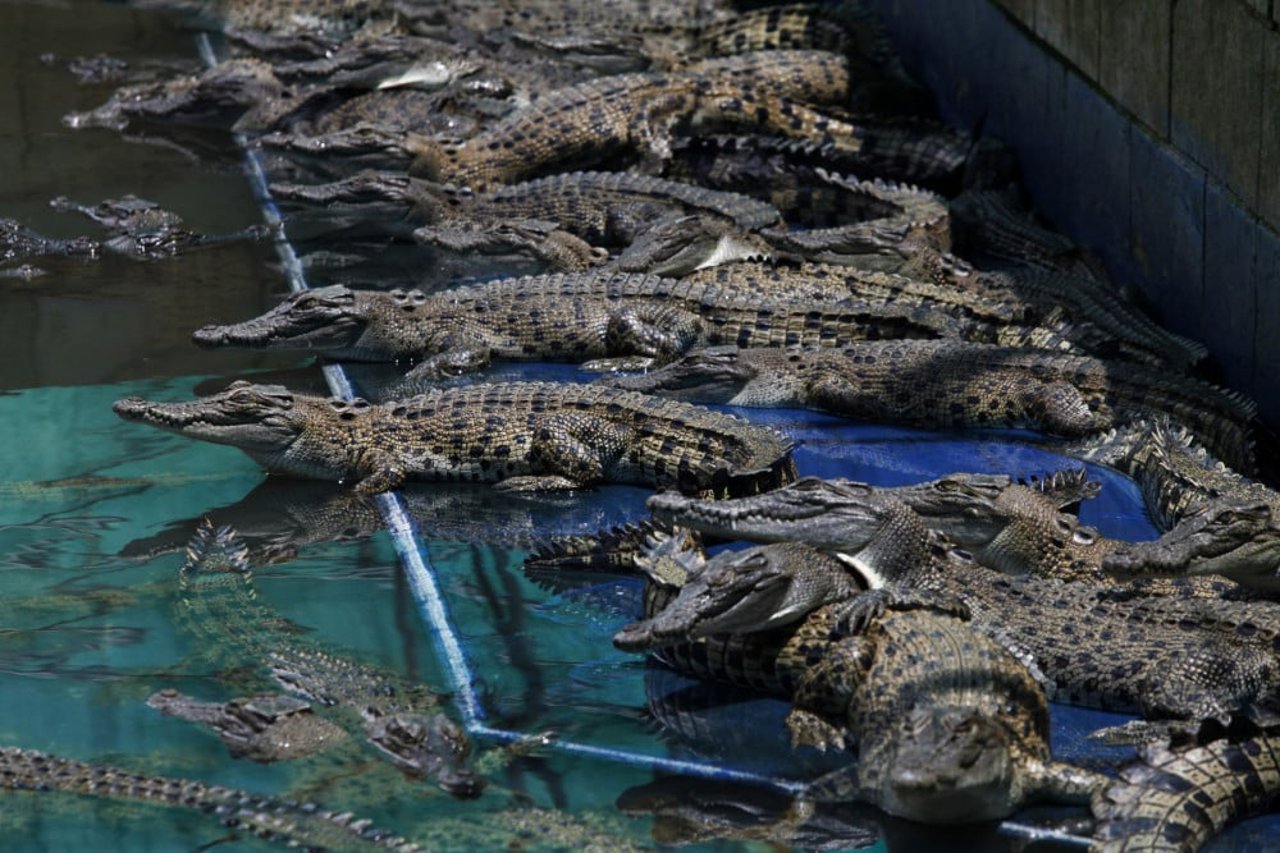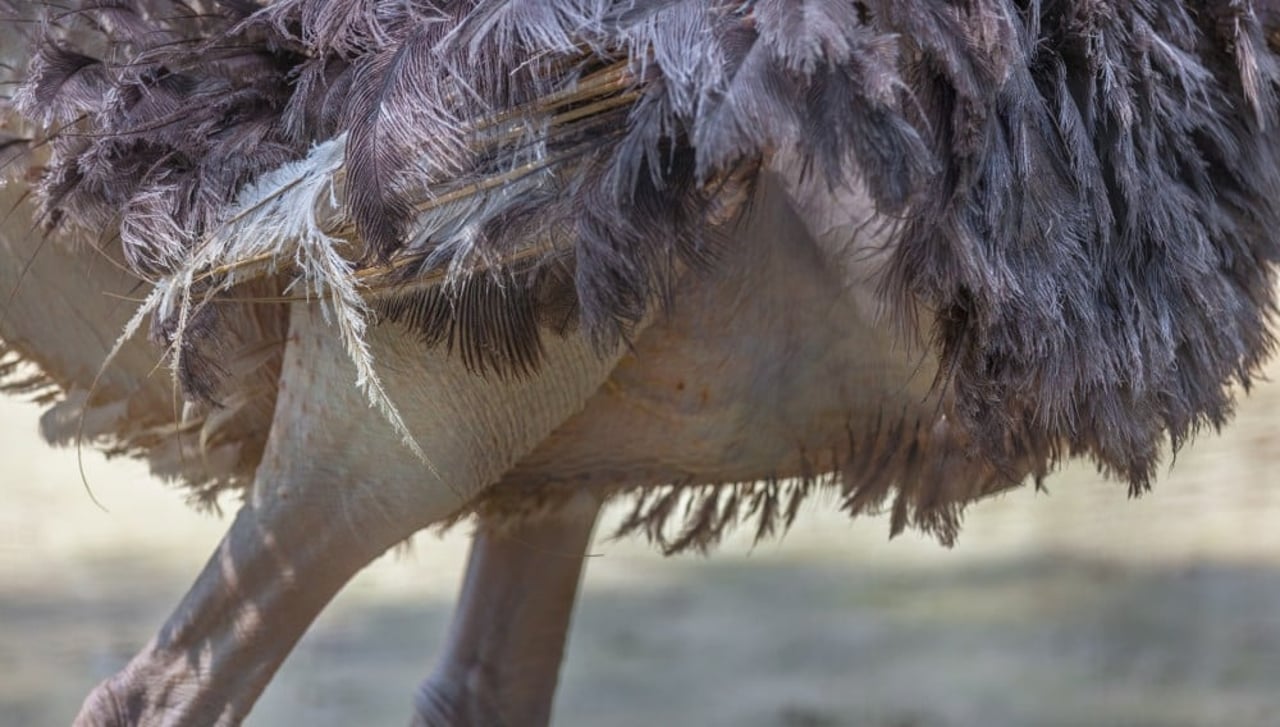
Animals are killed for their fur, feather, and skin every day for the fashion industry.
This week, the fashion world elite will convene in Manhattan for New York Fashion Week, one of the four major fashion weeks in the world, along with Paris, London, and Milan. While most people will be focused on the fashions and celebrities, I’m thinking about the animals who were killed for the designs. Every year, millions of wild and farmed animals are caged, abused, hunted, and killed for their skin, furs, and feathers to be used in fashion.
Commonly exploited animals include wild animals such as minks, foxes, muskrats, raccoon dogs, coyotes, kangaroos, crocodiles, alligators, pythons, and lizards. Exploited farmed animals include cows, sheep, and goats.
Here are three ways that the fashion industry exploits animals, plus how you can protect animals from suffering:
Foxes in a cage on a fur farm.
1. Furs
An estimated 100 million wild animals are farmed and killed for their fur every year, with much of the industry concentrated in China and the European Union. Minks and foxes are confined to decrepit metal cages for their entire lives before being killed through methods such as bludgeoning in the head or face, anal or vaginal electrocution, and gassing. Animals are sometimes skinned alive while conscious. In addition to hurting animals, the fur industry poses a serious threat to public health by spreading zoonotic diseases.
Fashion designers, brands, retailers, and governments are increasingly dropping fur, but we have to keep up the momentum to end this industry. Urge your representative to co-sponsor the Mink VIRUS Act to shut down fur farms in the US.
Wild alligators farmed for their skins.
2. Skins
Both wild animals, such as crocodiles and snakes, and farmed animals, like cows and goats, are killed for their skins. Crocodile farming is on the rise and each year thousands of Australian crocodiles suffer a short, crowded life before a brutal death. As many as four crocodiles are slaughtered just to make one luxury handbag for the French fashion brand, Hermès. In the wild, saltwater crocodiles can live more than 70 years. But on farms, they live for about only three years in small, barren plastic-lined pens. Typically, crocodiles are electrocuted to immobilize them before travel or slaughter. The charge is given on the back of the neck for 4-6 seconds through a pole with a set of metal prongs on the end before the back of the neck is cut and the brain is pierced.
Cow leather is not merely a by-product of the meat and dairy industry, but rather a “co-product” and for-profit business. Creating leather is water-intensive, pollutes waterways, and leather is usually tanned with dangerous, cancer-causing chemicals. As Collective Fashion Justice points out, “leather sales effectively subsidize beef production,” propping up the cruel and destructive meat industry.
Feathers on an ostrich.
3. Feathers
Though less prolific than furs and skins, feathers are still used frequently in fashion as adornments to hats or even to create dresses and skirts. Ducks and geese are also tortured to produce down, used in some coats and outerwear (in addition to home goods, like comforters).
For decorative feathers, ostriches are the most commonly exploited bird. In addition to feathers, the fashion industry uses ostriches’ skins in designer bags. When their feathers are plucked, the process leaves raised, circular marks on their skin, a pattern that the fashion industry has ghoulishly deemed “stylish.”
There are few legal protections for ostriches confined on farms, the majority of which are in South Africa. Investigations of ostrich farms in South Africa revealed birds engaged in repetitive behaviors and displaying other signs of psychological distress, as well as birds being painfully killed. Ostriches sent to slaughterhouses are stunned with a captive bolt gun or electrically, shackled, hung upside down, and bled out.
Aquatic birds like geese and ducks have fine feathers—down—close to their body that protect them from the cold and help them swim. These qualities make down popular in coats and bedding. Ducks and geese are “live-plucked,” a process where their feathers are painfully torn out, causing severe injuries, bleeding, and open wounds.
Buy Animal-Free Alternatives Instead
Just as the food industry is innovating to increase traditional and novel animal-free foods, fashion companies are developing superior products that don’t use animals’ bodies. Sustainable and humanely-produced alternative materials are already available, and the future is promising. For example, companies are scrambling to scale up production on bio-based leathers such as mycelium, pineapple, and cactus, and there’s even plant-based wool grown from flowers.
While mycelium leather isn’t on many store shelves yet, it’s easy to steer clear of fashion products and textiles that use animals in the meantime. We don’t have to wear fur coats, carry crocodile purses, or decorate ourselves with feathers. Companies are also using recycled bottles to create alternatives to down that are just as warm and work well in wet weather.
If you believe cruelty is out of fashion, sign our pledge to ban the killing of animals for their skins, furs, or feathers.


